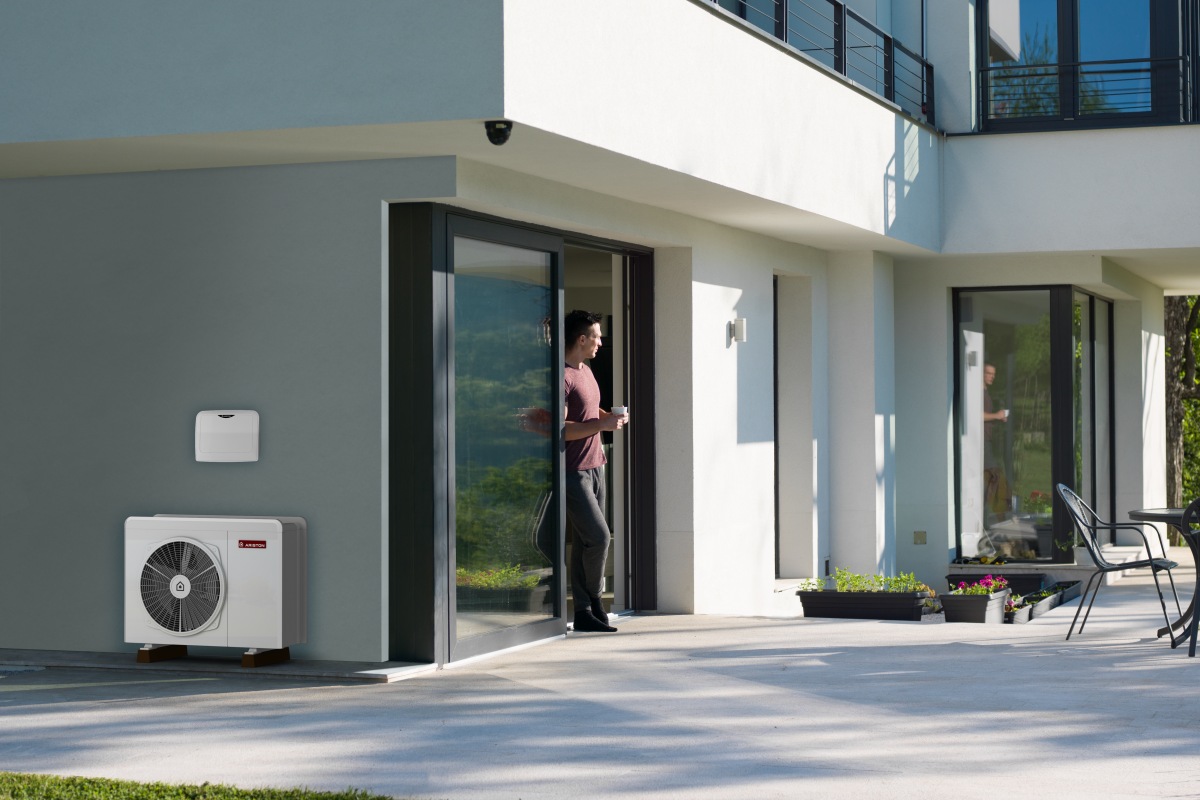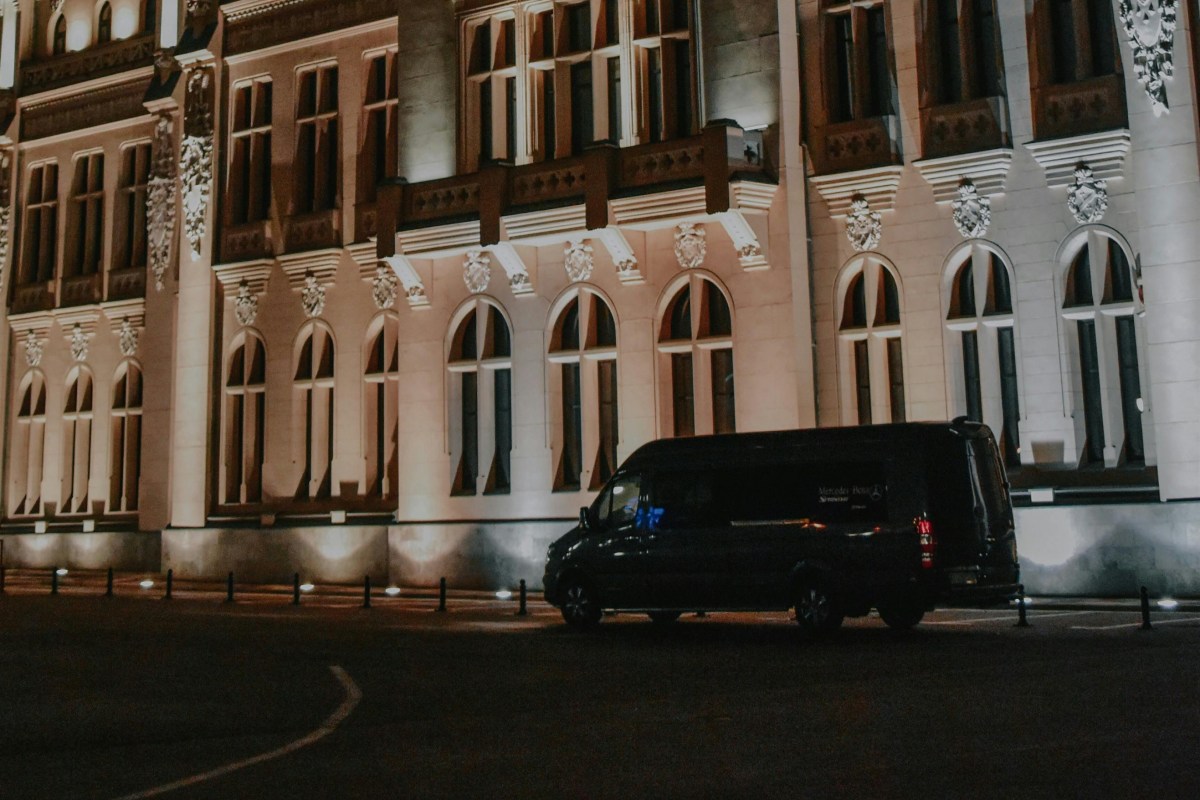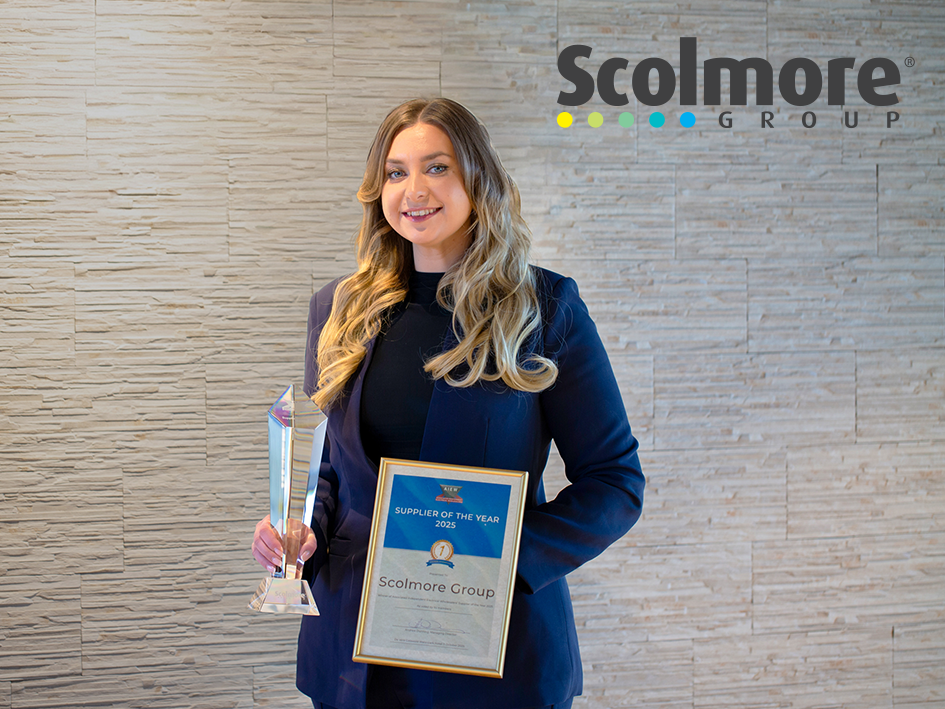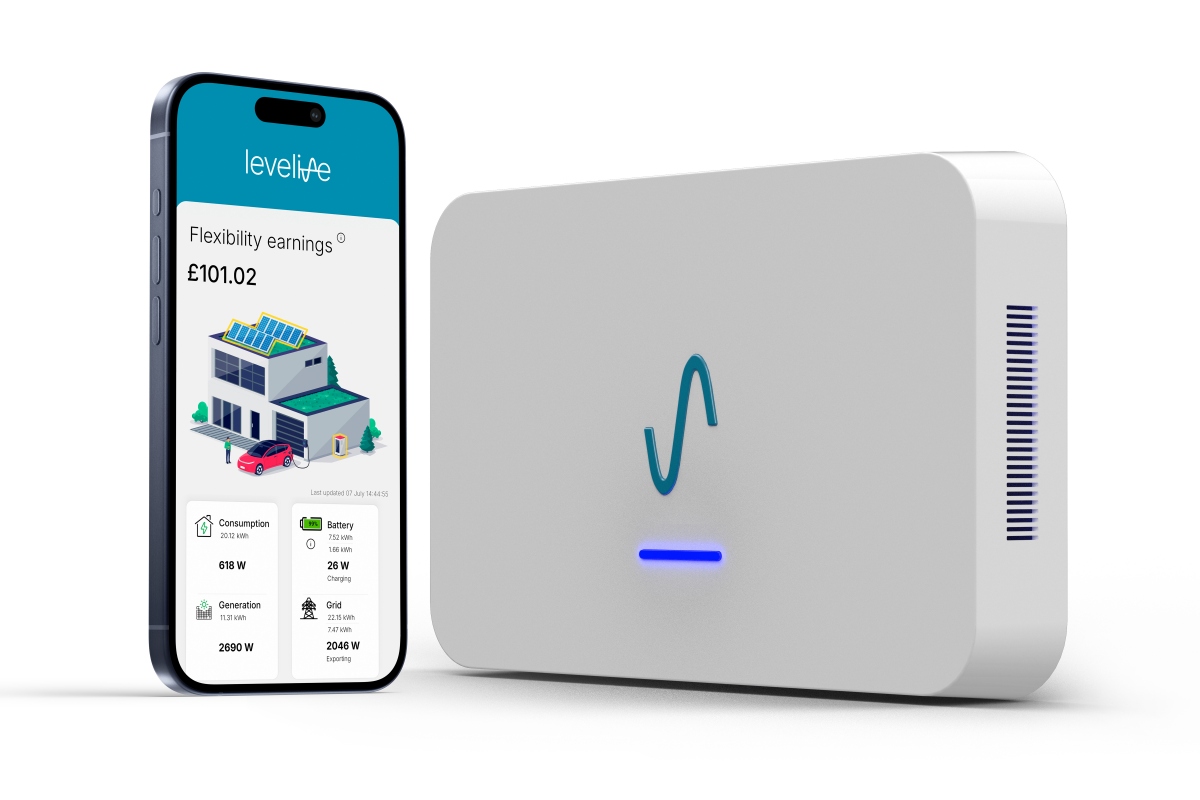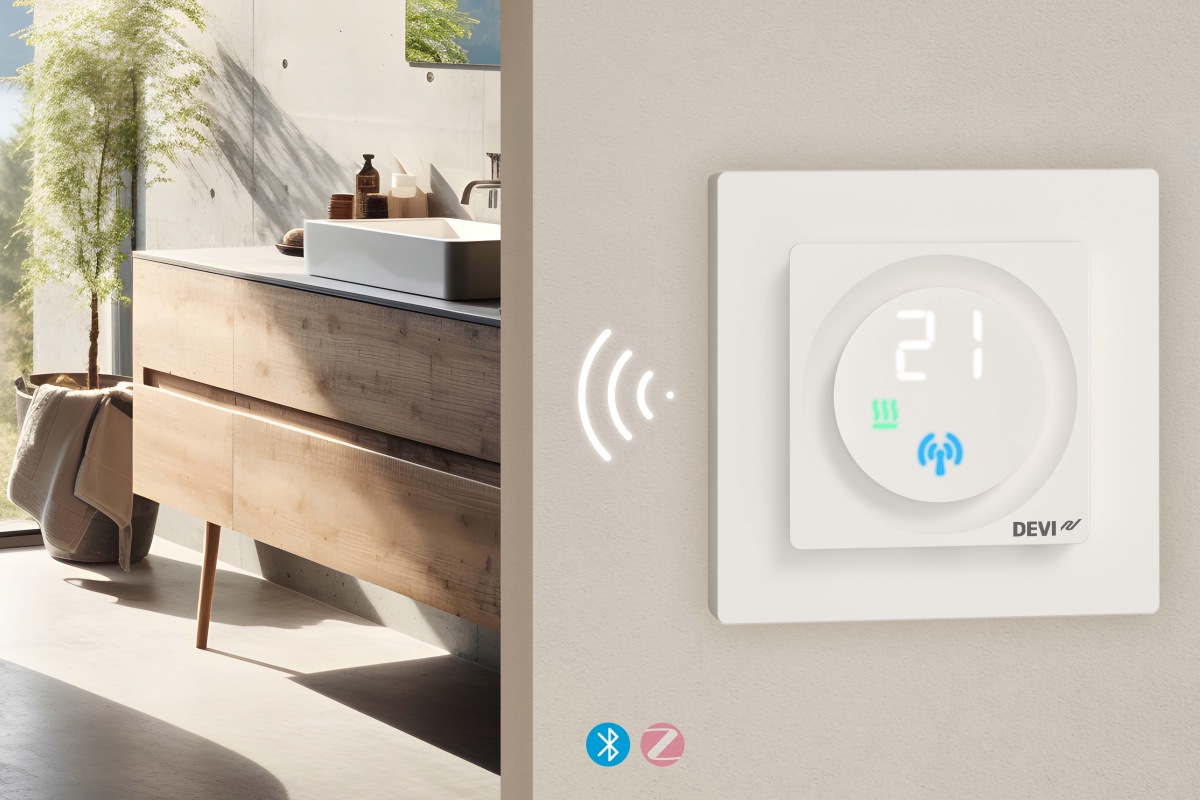Fire Safety
Industry News
News
'Ask experts to ensure compliance,' says AEI Cables
Specialist cable supplier AEI Cables is advising those in the supply chain facing difficult product selection choices to seek guidance from the experts.
The company says those who are tasked with making decisions about fire-safe cables should ask for further technical support where relevant to ensure compliance and safety.
Stuart Dover, General Manager of AEI Cables, explains, “There seems to be a lot of confusion in the marketplace at the moment around new legislation, which makes the selection of cables even more difficult.
“We are advising those who are faced with making these decisions to ask the experts. We have technical experts and there are industry specialists attached to member organisations.
"We would ask the decision-makers to seek another opinion if they are in any doubt because the effects of installing the wrong cables can be catastrophic.”
Selecting the right, fire-safe cables
The company is highlighting the need for cable selection across all fire performance cables, particularly Category 3 fire performance cables which are designed to withstand heat and flames for up to 120 minutes, helping to protect equipment, property, and lives.
Category 1 fire performance cables guarantee 30 minutes of defence against flames, making them ideal for emergency lighting, while Category 2 cables give 60 minutes of fire protection and are commonly used for alarm systems.
For firefighting, additional time is required, and Category 3 cables are able to withstand up to 120 minutes of exposure to fire, providing enhanced emergency power to assist firefighters. These cables support critical safety circuits in tall buildings, office spaces, hospitals, shopping malls, and stadia.
The guidance for Category 3 Control fire performance cables applies to evacuation alarms for the disabled in care homes, emergency voice communications systems, and voice alarm systems in relevant buildings.
The systems powered by these cables - including smoke and heat extraction systems - assist fire services in firefighting, as well as a safe evacuation in the case of life safety.
These cables reduce harmful smoke, toxic gases, and flame spread in the event of a real fire.
The BS Code of Practice under BS8519 contains six categories of cables, three for power cables and three for control cables, each covering survival times of 30, 60, or 120 minutes.
AEI Cables’ Firetec Enhanced cabling has been approved and certified by LPCB to BS8519 (Annex B), Category 3 Control in addition to Category 2 Control.
The company says all its products are supplied with approvals from independent bodies including BASEC and LPCB.
It adds that it also holds approvals from organisations including Lloyds, the MoD, Network Rail, and LUL, and works to international standards around the world.
For more from AEI Cables, click here.
Joe Peck - 9 December 2025



